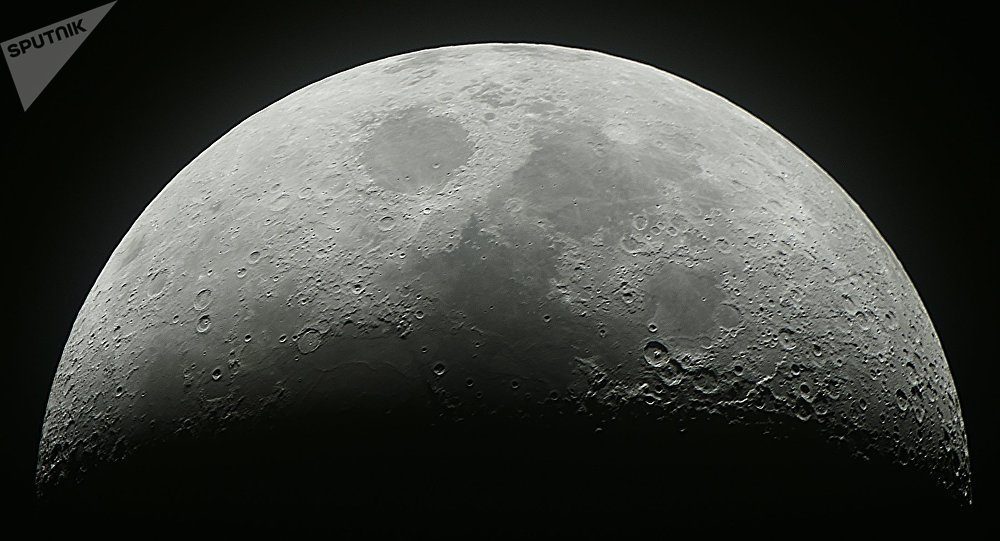The vast chunk is sitting underneath the biggest crater in the entire solar system, known as the South Pole-Aitken basin.
And it may be part of the material that smashed into our neighbour and formed the planet, according to the researchers who discovered it. But that is just one theory on where it may have come from, and scientists stress that it is still unknown what the material is and where it might have come from.
"Imagine taking a pile of metal five times larger than the Big Island of Hawaii and burying it underground. That's roughly how much unexpected mass we detected," said Peter B James, assistant professor of planetary geophysics in Baylor's College of Arts & Sciences and lead author on a new study of the huge chunk.
The crater that the mass sits under is oval-shaped and 2,000 kilometers wide. It goes down several miles.
Though it is incredibly vast, it can't be seen from Earth because it is on the far side of the Moon, which faces away from us at all times.
Instead, it was examined by data collected by Nasa spacecraft that sent back data on the small changes in gravity around the Moon.
"When we combined that with lunar topography data from the Lunar Reconnaissance Orbiter, we discovered the unexpectedly large amount of mass hundreds of miles underneath the South Pole-Aitken basin," said Professor James, whose research has been published in Geophysical Research Letters. "One of the explanations of this extra mass is that the metal from the asteroid that formed this crater is still embedded in the Moon's mantle."
Scientists simulated a possible collision with an asteroid on a computer, and found that some kinds of metal could settle into the layer between the crust and the core, where this chunk is still sitting.
"We did the math and showed that a sufficiently dispersed core of the asteroid that made the impact could remain suspended in the Moon's mantle until the present day, rather than sinking to the Moon's core," Professor James said in a statement.
If it is an asteroid impact, then it could be an unprecedented look at the kinds of collisions that were happening four billion years ago, when the crater was formed. Bigger impacts are thought to have happened through history - even on Earth - but they have been lost with time, and so the crater could be a way of looking back at a process that shaped our own planet and those that surround us.
But the mass might also have formed with the Moon itself. It might be a build-up of dense gas that came about when the Moon formed into the large solid mass that we know today.
Andrew Griffin is technology editor and science reporter at The Independent, and established and runs the InFact section. He primarily writes about the latest developments in science and technology - everything from rocket launches to phone launches, new games to gravitational waves - and the ways they impact on the rest of the world.




Never. An asteroid impact to make a crater that size on such a small body would have pulverized the moon to bits. The asteroid would have gone right through the moon.